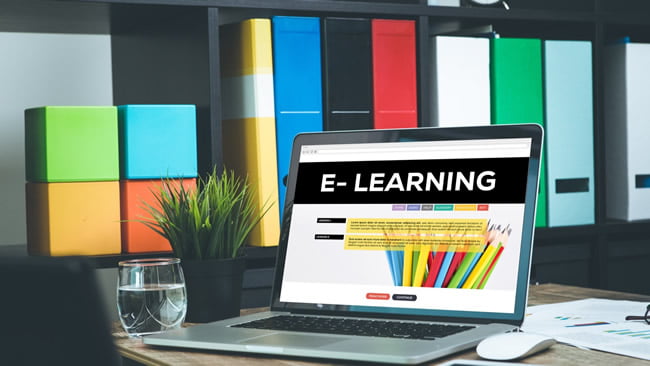How to Create an eLearning Script?
The graphic script on storyboards is an excellent tool to visualize and present all information needed when creating an eLearning course. It helps us unify a multitude of information such as graphics, texts, time, effects, intentions, feedback, etc. Storyboards are essential to carry out work in which different components and steps coexist. In this blog, let me show you some tips on how to easily create an eLearning script.

What is the difference between Script and Storyboard?
The simplest example to define a script is similar to the way we describe an animation scene. When we want to make a scene, we need to prepare a detailed description of the following aspects before we work on recording audios or animation sequence:
- camera shots and movements
- the characters’ expressions
- what we want to emphasize in each scene
- dramatization of the scenes
Considering all the above points is an important step to approaching something more complex: the Storyboard.
In a Storyboard, we can consolidate the visual part, the narrative, and the technique in a summarized yet informative way.
Key points before creating a Storyboard
Building the storyboard requires several key elements to be carried out. First, we need to decide on what type of storyboard will be the most suitable for our project.
There are three types of basic storyboards:
- Text-based, it’s essentially a detailed description.
- Graphics-based, the text will serve to provide support and to add only the necessary information.
- Prototyping sample, this is more complex in addition to using text and image, it includes functional elements, and can even contain animations or audible support.
Building an eLearning Script

Objectives and purposes of the Storyboard
There are many styles of storyboards depending on the functionalities we want to use them for. However, to define this aspect we must consider these important questions first:
- What story are we going to tell?
- What is our beginning, development, and ending?
- What do we want to convey?
- What language style are we going to use? Formal, casual, etc.
- How do we want our audience to react?
- Will there be an interaction between our eLearning course and the learner?
After answering these questions, we will have essential elements to work on. Generally, this process is going to be repeated throughout the eLearning development lifecycle.
Essential elements of a Storyboard
Manager: we will always have a reference person in each section of our Storyboard, whom to consult for content, animation, etc.
Script: the essential reference text for everyone involved to be always on the “same page”.
Graphic elements: the graphic support, animations, photography, color palette, typographies, etc.
Feedback: the multimedia job is ever collaborative. For this reason, we need to reserve a space for feedback.
In addition, we can include estimated durations, execution phases, effects descriptions, audio script, and everything that is relevant to our eLearning project. As every eLearning course has the same degree of importance, so logically, any storyboard is going to be equally important as well.
What are the benefits of working with a Storyboard?
- Allows collaborative work.
- It is flexible. We can modify it. It means, we can consider it as an evolving part of our project.
- It allows the objectives to be clearly stated and design the best possible work strategy.
- It allows establishing a system and specific work dynamic.
- It also allows us to improve our communication and language resources, such as to look for new ways to improve our workflows. Thus, optimizing both processes and the final product.
In conclusion, the Storyboard is a powerful vehicle to develop an eLearning script and allows space for creativity.
